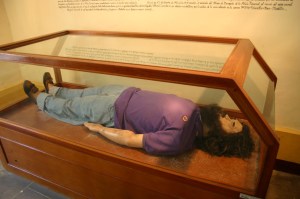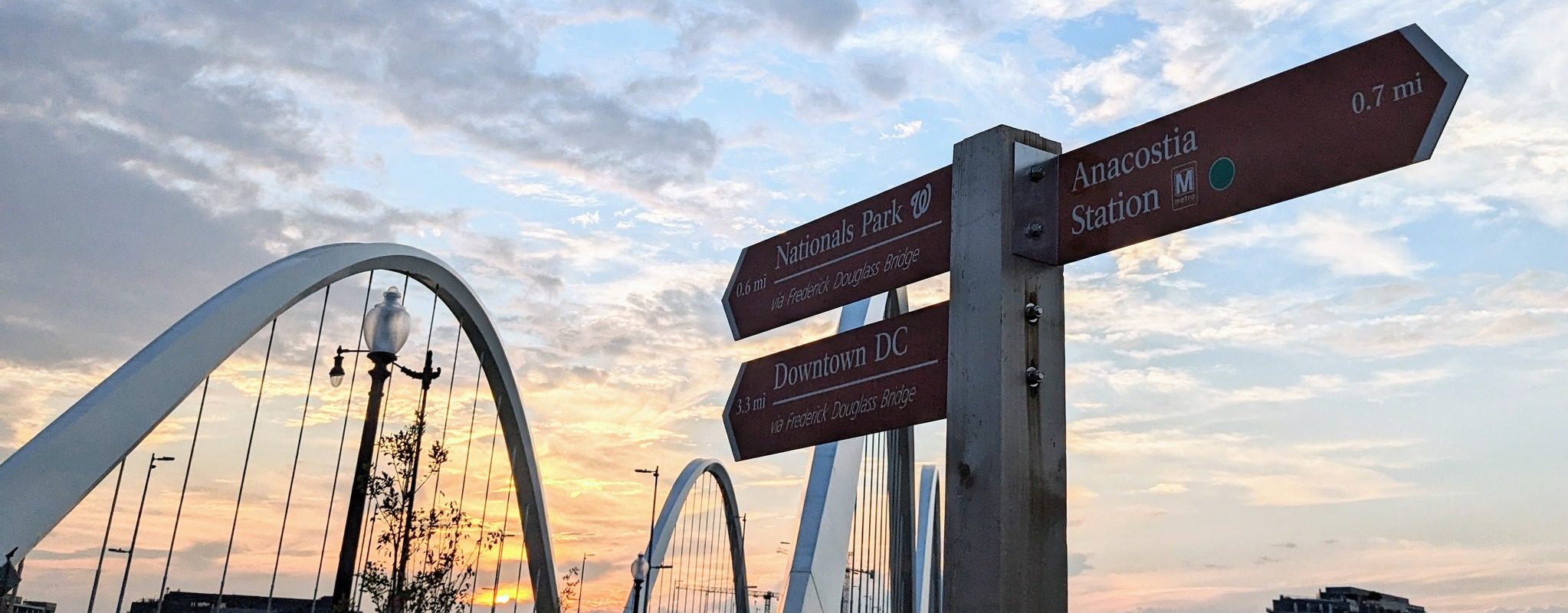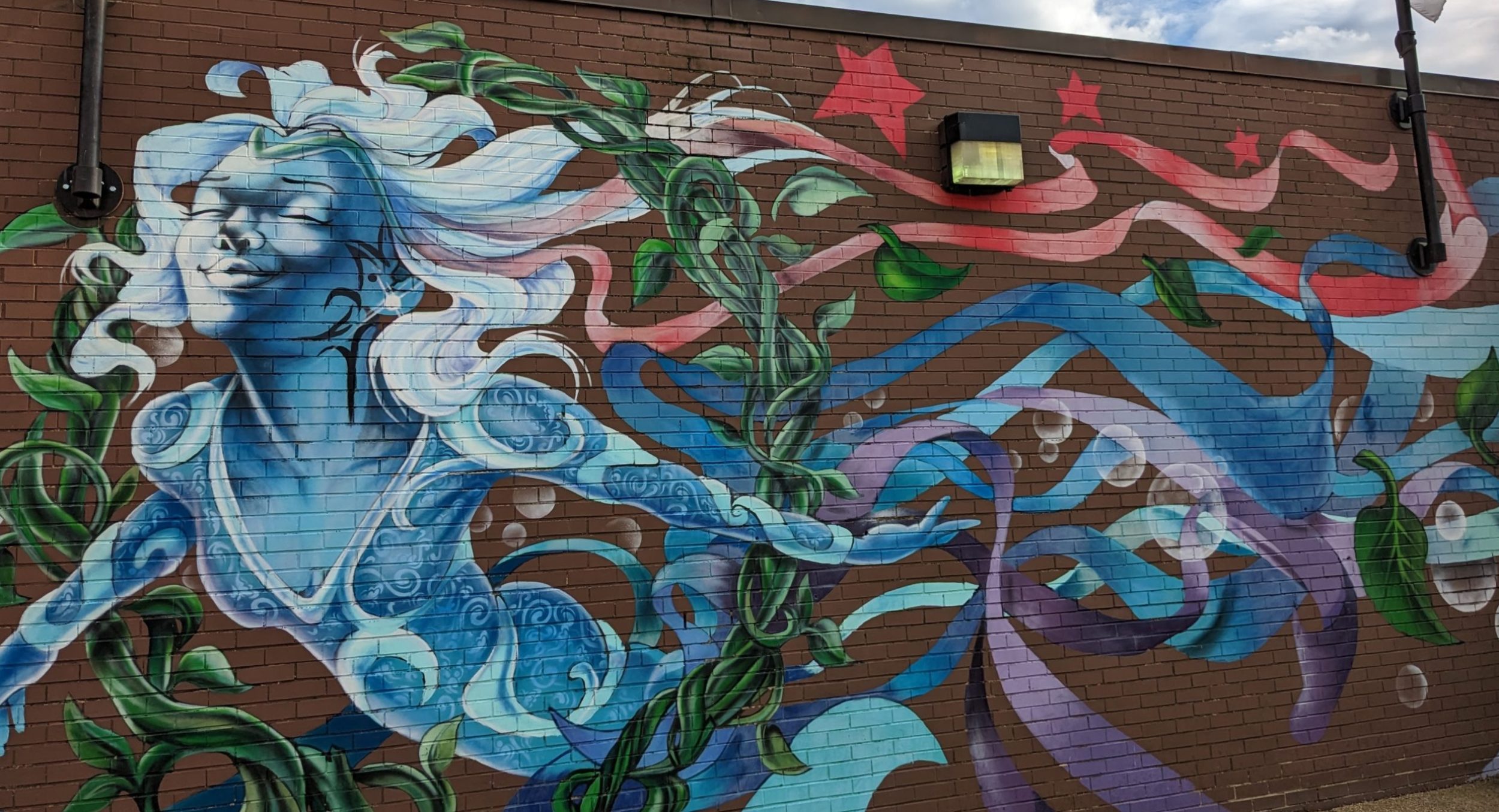 It’s hard to tell from this photo, but the guy in the green shirt and cowboy hat is holding a puppy. He’s having a long chatty talk on a Sunday morning with the two young helmeted policemen on the minibike. I saw this friendly encounter in downtown Villa de Leyva. This quaint colonial city is a weekend retreat for Colombians with enough money for things like weekend retreats.
It’s hard to tell from this photo, but the guy in the green shirt and cowboy hat is holding a puppy. He’s having a long chatty talk on a Sunday morning with the two young helmeted policemen on the minibike. I saw this friendly encounter in downtown Villa de Leyva. This quaint colonial city is a weekend retreat for Colombians with enough money for things like weekend retreats.
This is a pretty good “snapshot” of what my husband and I saw of the Colombian police and military during an 11-day trip through some of the touristy highlights of the country. When David and I had told people at home about plans to visit Colombia, we heard worried comments about kidnapping and crime. Yet, we found that Colombia felt like one of the safest and friendliest places that we’ve visited.
The country has beefed up its security forces in recent years, a reaction to some of the most recent chapters in its terribly sad history. The cocaine-tied violence of the 1990s capped off a 20th century in which Colombia suffered from many years of internal wars. (An estimated 200,000 people died during an earlier period known as La Violencia, which occurred in the 1940s and early 1950s.)
Colombia’s defense spending more than tripled to U.S. $9.8 billion in 2008 from U.S. $2.6 billion in 2001, according to the U.S. State Department. The security forces now number about 390,000 uniformed personnel: 260,000 military and 130,000 police. President Alvaro Uribe has raised taxes on wealthier citizens to pay for this expansion, and the United States has kicked in equipment and training through the Plan Colombia.
There seems to be little dispute that Colombia now is much safer than it was a decade ago. The Washington Post’s former Bogotá bureau chief wrote in an op-ed this year that during his 2000-2004 tenure in Colombia, “only the capital was spared the horrors of a war marked by massacres with machetes, machine guns and even stones…” He said returned recently to find land “values in Bogotá.. skyrocketing, because the guerrillas were no longer there. Kidnapping was nearly non-existent.”
A draft gives Colombia the manpower needed to post so many soldiers and police officers around. There’s a Colombian flavor to this heavy security presence, at least in the tourist areas we visited. The warmth and good manners of everyday Colombians are rivaled in only few places that I’ve visited– the midwestern U.S., Egypt and Ireland, and these were on display even in the kids we saw serving in the police and military. We first noticed this in the airport in Bogotá during our first hours in Colombia, waiting for a flight to Cartagena. A solider had what appeared to be a police dog with him. We weren’t quite sure because the soldier had taken off the leash off the dog, a yellow Lab, who was sprawled on his back to let children pet his belly. In the town of San Gil, a solider went out his way to greet us and to help us find our bus to Barichara.
Given that we stuck to the tourist route, we saw the police and soldiers with some of the cushiest jobs. There were skinny kids in the tourist police uniforms pushing the wheelchairs of heavy senior citizens (abuelitos) on a tour of a famous salt cathedral in Zipaquirá. A soldier was on duty at the gorgeous beach at Parque Nacional Tayrona.
We got to talk a bit with one recruit in Bogotá. He was doing his service with the National Police by giving tours in English at the Police Museum. (He said he had learned h is English on his own, largely by listening to the San Diego-based band Switchfoot.) The museum relegated to the basement its display about narcotraffickers and how many of them were caught. That’s where we saw this model of the slain drug villain Pablo Escobar. Most of the museum is about the National Police, including an exhaustive display of medals and ribbons.
is English on his own, largely by listening to the San Diego-based band Switchfoot.) The museum relegated to the basement its display about narcotraffickers and how many of them were caught. That’s where we saw this model of the slain drug villain Pablo Escobar. Most of the museum is about the National Police, including an exhaustive display of medals and ribbons.
I tried to ask our guide about how soldiers and members of the national police get their postings. He preferred to stick with the scripted material, but did allow once that some people were “mad” about being sent out to the jungle.
There’s interesting debate going on now about Colombia’s draft, as seen by this article, The money and the dead: end Colombia’s draft, and the comments it drew. The author said:
One of the commenters addressed a question I’d had– does everyone really serve?
“I happen to know many young people struggle to find ways to stay in school so they don’t have to serve, becuase (sic) they know it is the front lines for them not some cushy job as the Metro Police in Medellin that some are able to buy their way on to.”
Another commenter said that these kinds of draft dodgers “are not people you want fighting (the insurgent Revolutionary Armed Forces of Colombia )FARC. If you had ever been in a war you would know. Remember…it’s only a year, 365 days, 2,087 hours, 12 months. And still they run from serving their country and helping protect the Colombian way of life.”
Colombia has been promoting tourism with the slogan – “the only risk is wanting to stay.”Hokey as it is, that describes how I feel now about Colombia. We never felt threatened, and Colombia fascinated me. I’d leap at the chance to spend a year there.
I’ll be watching and reading in the years ahead with great interest to see how Colombia sorts out what kind of nation it wants to be. I hope that Colombia soon balances the urgent need for public safety, with the equally important one to defend the rights of all citizens. Its increased security has come at a high price for many, and that includes people not connected to the violence, such as slain labor leaders.
More on the security forces in Colombia:
Global Voices Online with clip of pop star Juanes serenading the police.
Livingstone article in Guardian
David G. Young’s take on this topic
Human Rights Watch 2009 World Report

